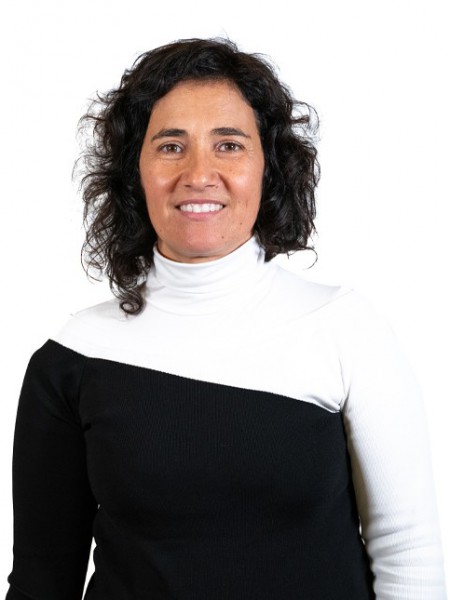resumo
Chitosan-genipin films present a bluish-green color due to the conjugated double bonds formed when monomeric or dimeric genipin residues bridge chitosan. This phenomenon limits their use when colorless materials are required. In this work, a two-step oxidation strategy was developed aiming to remove color from chitosan-genipin films while preserving their functional properties. A combined system using the recombinant CotA laccase from Bacillus subtilis mediated by 2,2'-azinobis-(3-ethylbenzothiazoline6-sulphonic acid) (ABTS) followed by a H2O2 oxidation step was settled. ABTS boosted the laccase performance resulting in light brown chitosan-genipin films that were further decolorized upon immersion in a 5% H2O2 solution at pH 11.0 and 40 degrees C for 30 min. The applied methodology leads to films that sustain both acidic stability and antioxidant capacity of the pristine films. Overall, the combined CotA laccase-ABTS/hydrogen peroxide developed methodology efficiently produce active and decolorized chitosan-genipin films with potential for application as eco-friendly transparent material which may have application as food packaging. (C) 2017 Elsevier Ltd. All rights reserved.
palavras-chave
BOVINE SERUM-ALBUMIN; CORN FIBER GUM; ANTIOXIDANT ACTIVITY; HYDROGEN-PEROXIDE; BACILLUS-SUBTILIS; STABILITY; BACTERIAL; MEDIATOR; CYTOCOMPATIBILITY; GLYCEROL
categoria
Chemistry; Polymer Science
autores
Goncalves, I; Nunes, C; Mendes, S; Martins, LO; Ferreira, P; Coimbra, MA
nossos autores
Grupos
G2 - Materiais Fotónicos, Eletrónicos e Magnéticos
G4 - Materiais Renováveis e Economia Circular
Projectos
CICECO - Aveiro Institute of Materials (UID/CTM/50011/2013)
Projeto de Investigação Exploratória: Paula Ferreira (IF_Paula Ferreira)
agradecimentos
This work was developed in the scope of QOPNA research Unit (FCT UID/QUI/00062/2013) and CICECO-Aveiro Institute of Materials, POCI-01-0145-FEDER-007679 (FCT Ref. UID/CTM/50011/2013), financed by national funds through the FCT/MEC and when appropriate co-financed by FEDER under the PT2020 Partnership Agreement. Idalina Gonc, alves, Claudia Nunes and Paula Ferreira thank the support of FCT through the grants SFRH/BPD/104712/2014, SFRH/BPD/100627/2014 and IF/00300/2015, respectively). We thank to Manuel A. Martins for faithful discussions.




